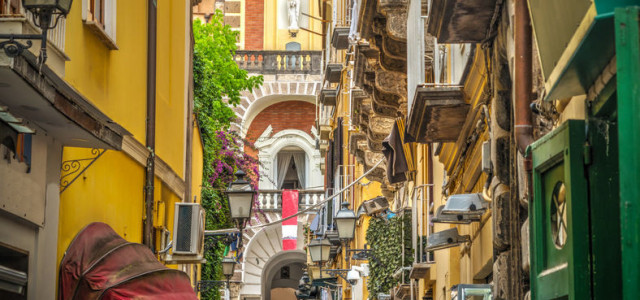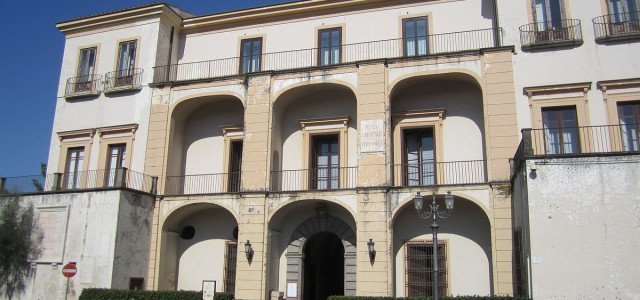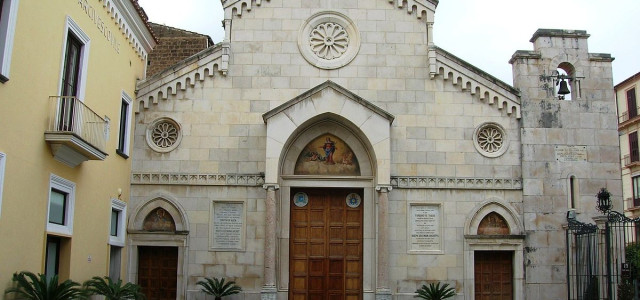Sorrento
Located on the northwestern side of the peninsula named after it, Sorrento relaxes on a tufaceous terrace, rich in lush vegetation and characterized by cliffs. The foundation is attributed to Greeks, but Sorrento was the first inhabited by Italic people, starting with Etruscans and then, from 420 BC, the influence of Osci was important. In the main square, Piazza Tasso, there are two statues: the first depicts the patron saint of the city, Antonino da Campagna, the second, the great sixteenth-century Sorrento poet Torquato Tasso, author of the famous epic poem Jerusalem released. Old town still shows orthogonal path of Roman roads, while the mountain side is surrounded by the sixteenth-century walls. There is Duomo, rebuilt in the 15th century, with neo-Gothic facade, and Church of Saint Francis of Assisi, with a remarkable 14th-century cloister with arabeggish portico. In Correale di Terranova Museum are exhibited collections of Greek and Roman finds and porcelains of Capodimonte, with a section devoted to the painting of the XVII-XIX century; from the park there is also a magnificent view of the Gulf. At Punta del Capo, 3 km west, there are Roman remains considered to be the villa of Pollio Felice (1st century AC). Another marvelous villa is the "Agrippa Postumo Villa", literally located under the today's Hotel Bellevue Syrene, built by Augusto's nephew. Two of the most famous specialties are "Delizia al Limone", sweet created by a local Master not many years ago, and Limoncello, liquor obtained by lemon of Sorrento IGP.




